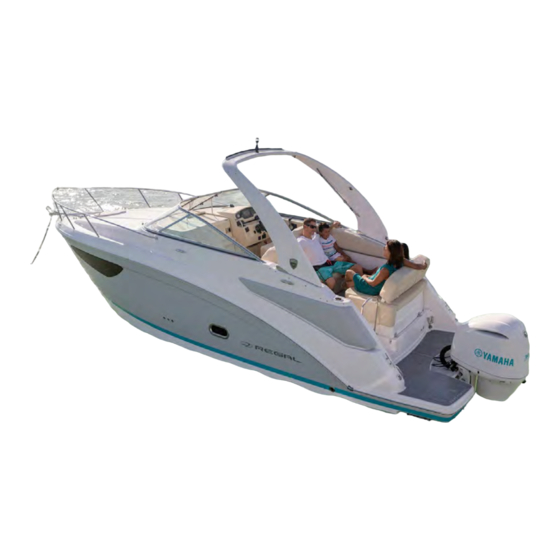
Advertisement
Table of Contents
- 1 Table of Contents
- 2 Introduction
- 3 Safety on Board
- 4 Rule of the Road
- 5 Rules of the Road
- 6 Systems
- 7 Engines/Controls
- 8 Vessel Operation/Trailering
- 9 Auxiliary Equipment
- 10 Cosmetic Care/Maintenance
- 11 Troubleshooting
- 12 Storage/Winterization
- 13 Glossary/Index
- 14 Technical
- 15 26Ex Drawings
- 16 26Xo Drawings
- Download this manual
Advertisement
Table of Contents













Need help?
Do you have a question about the 26 EXPRESS and is the answer not in the manual?
Questions and answers